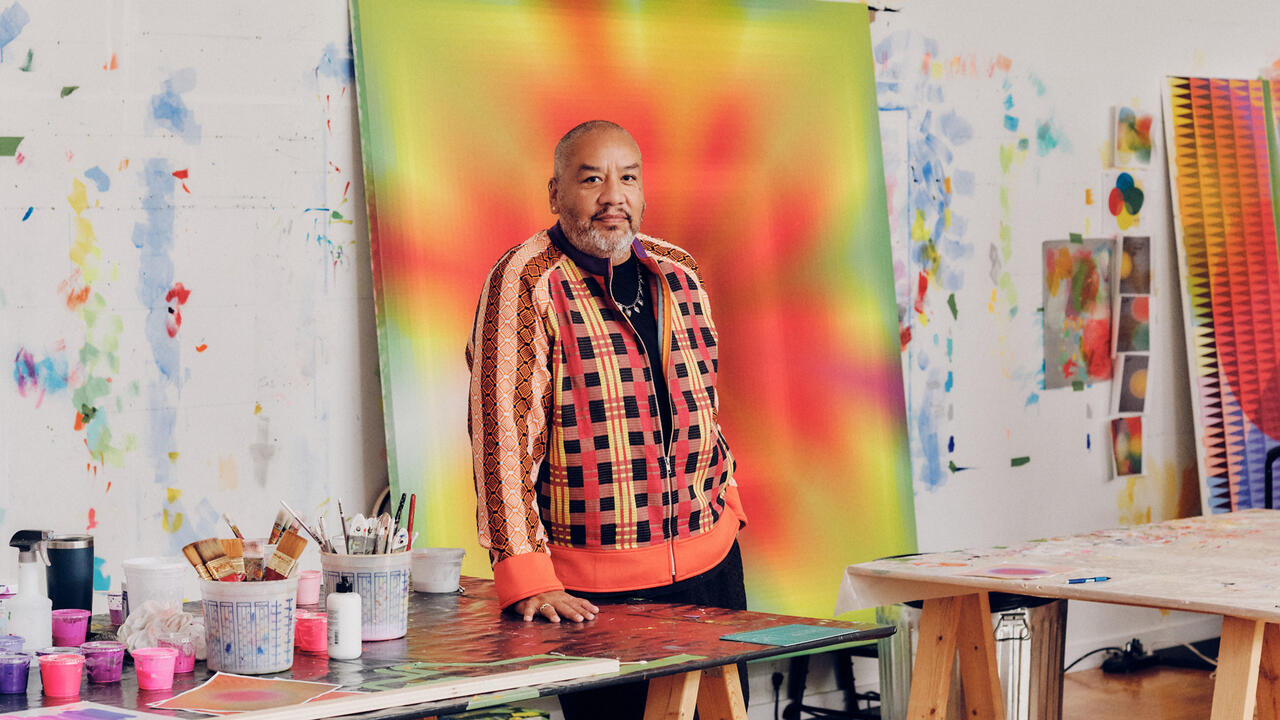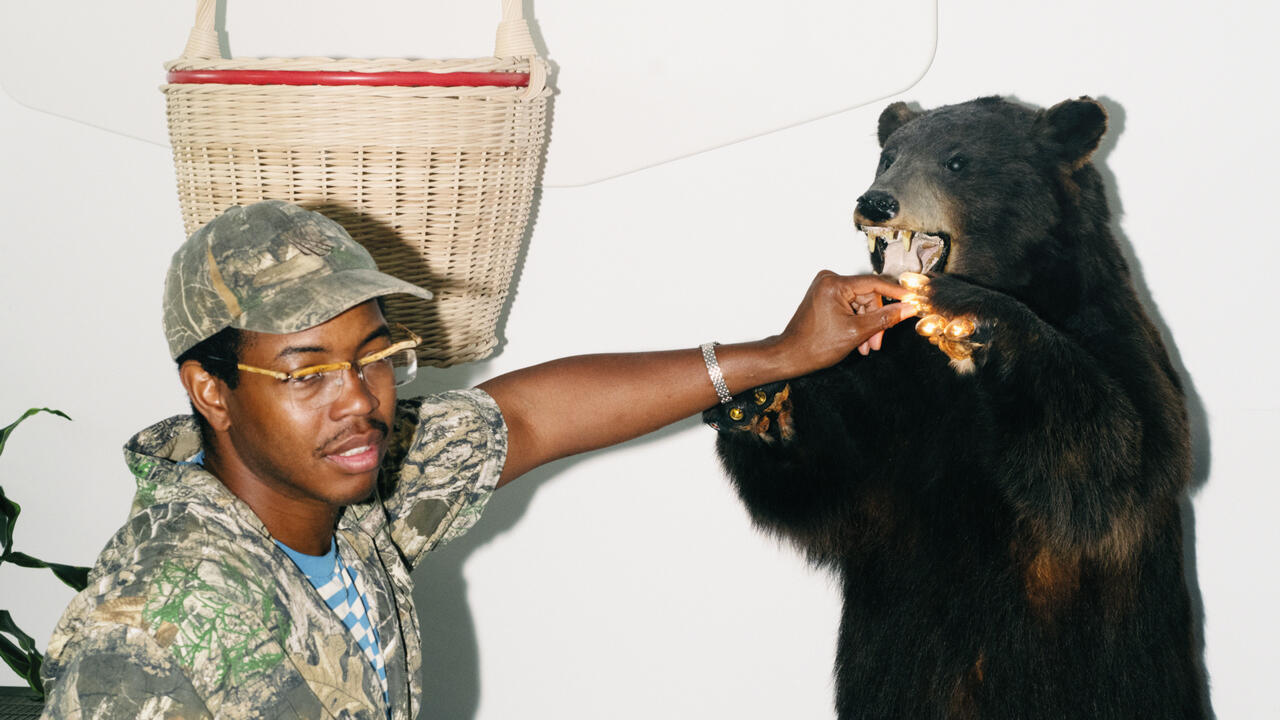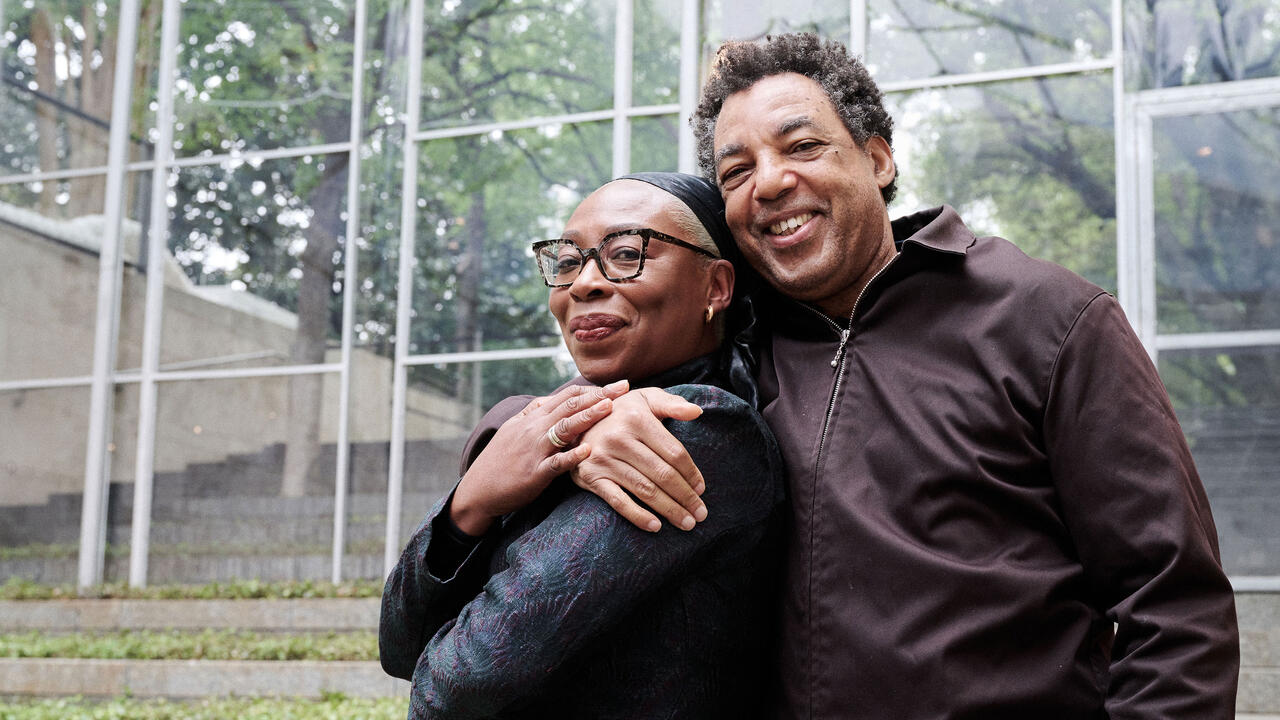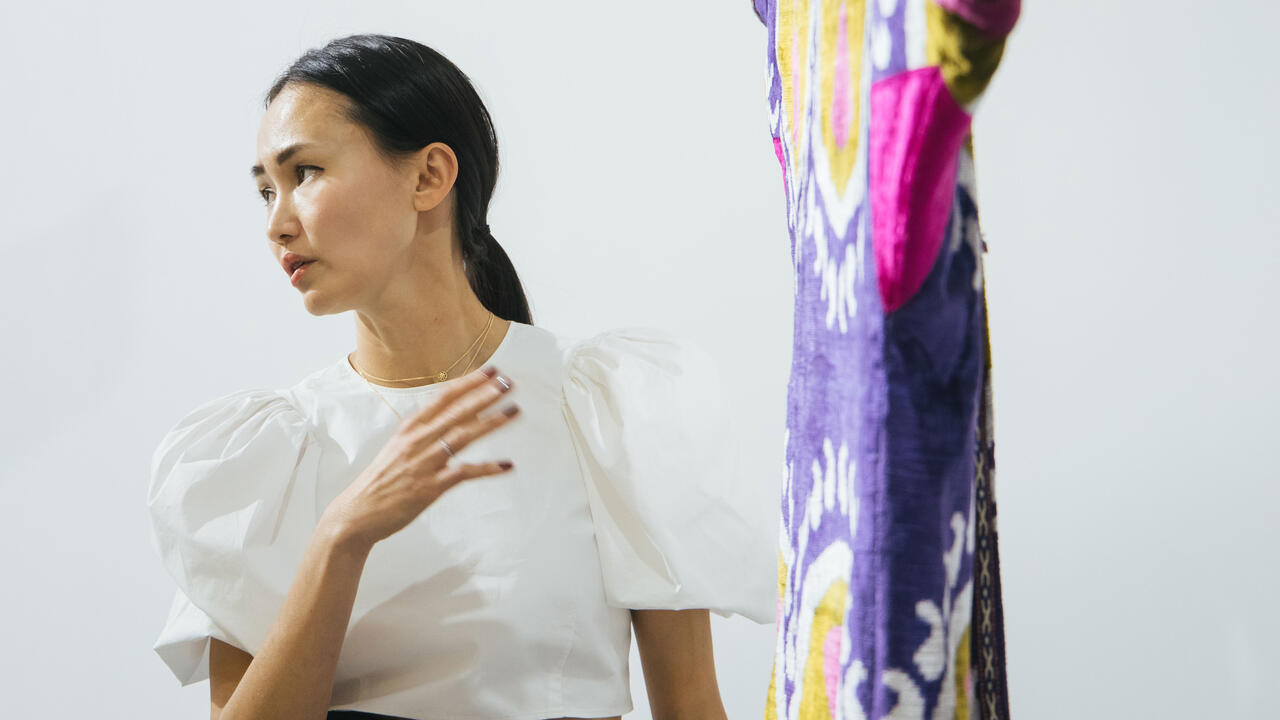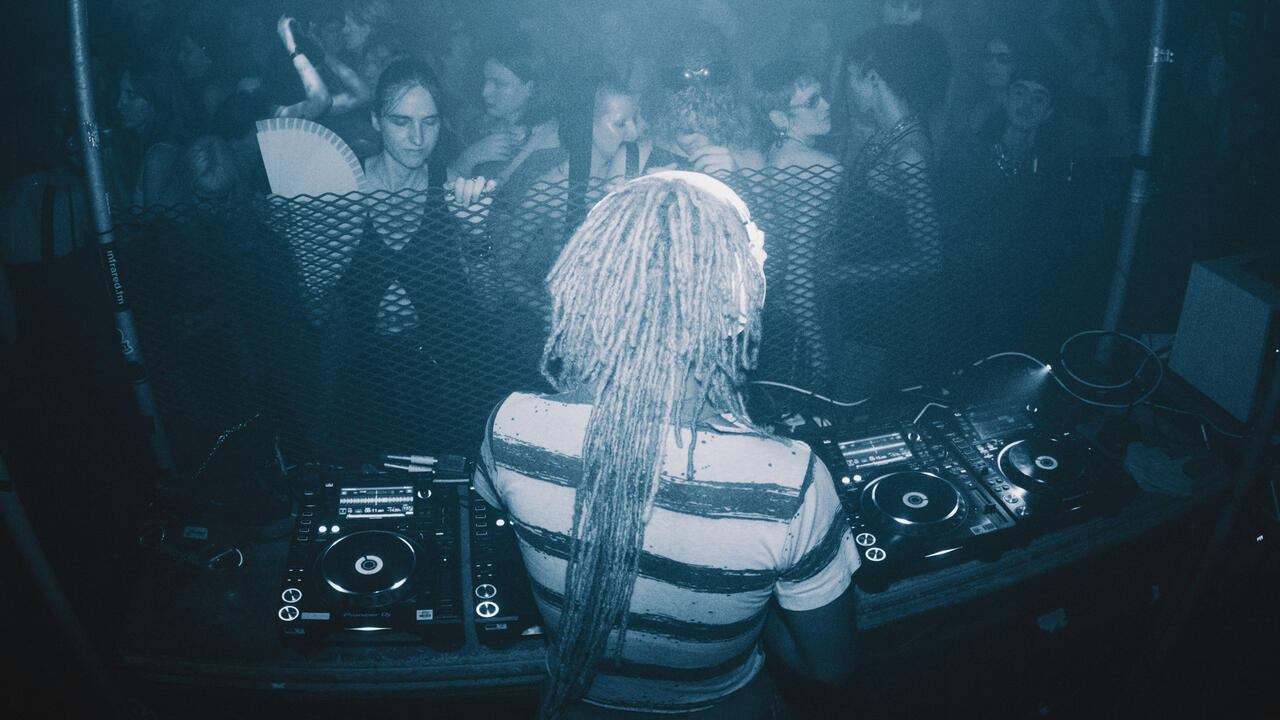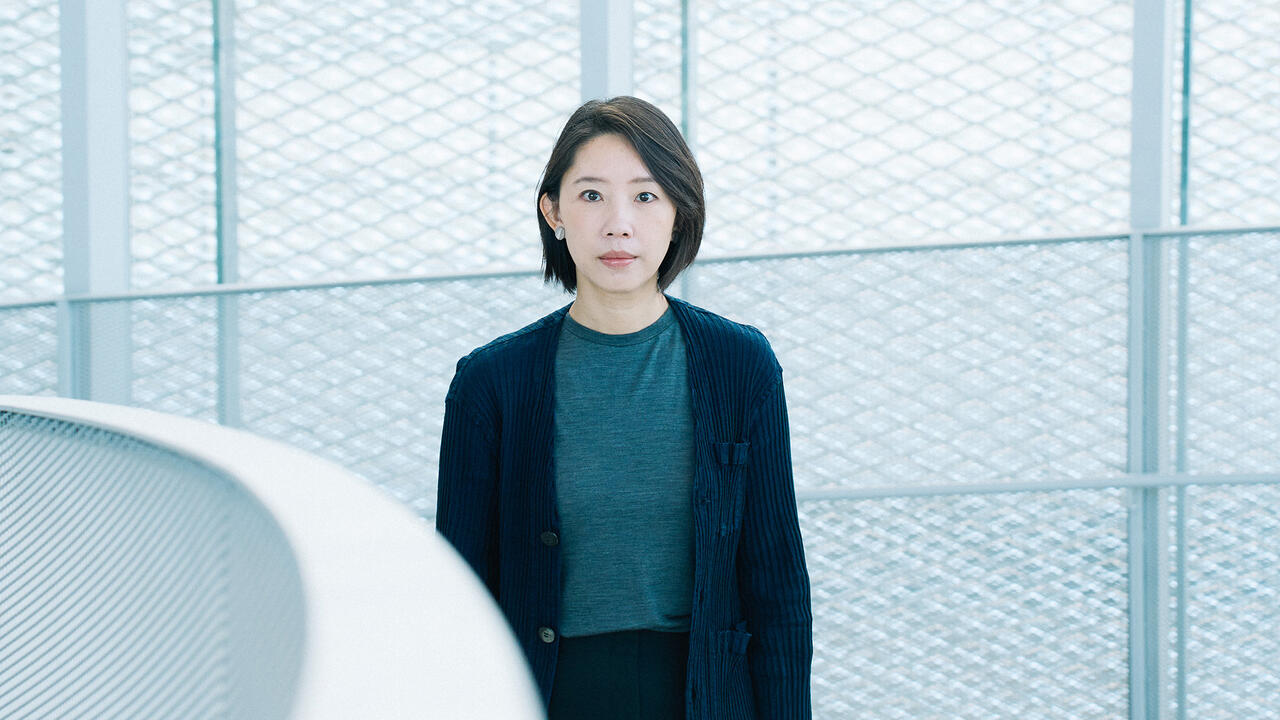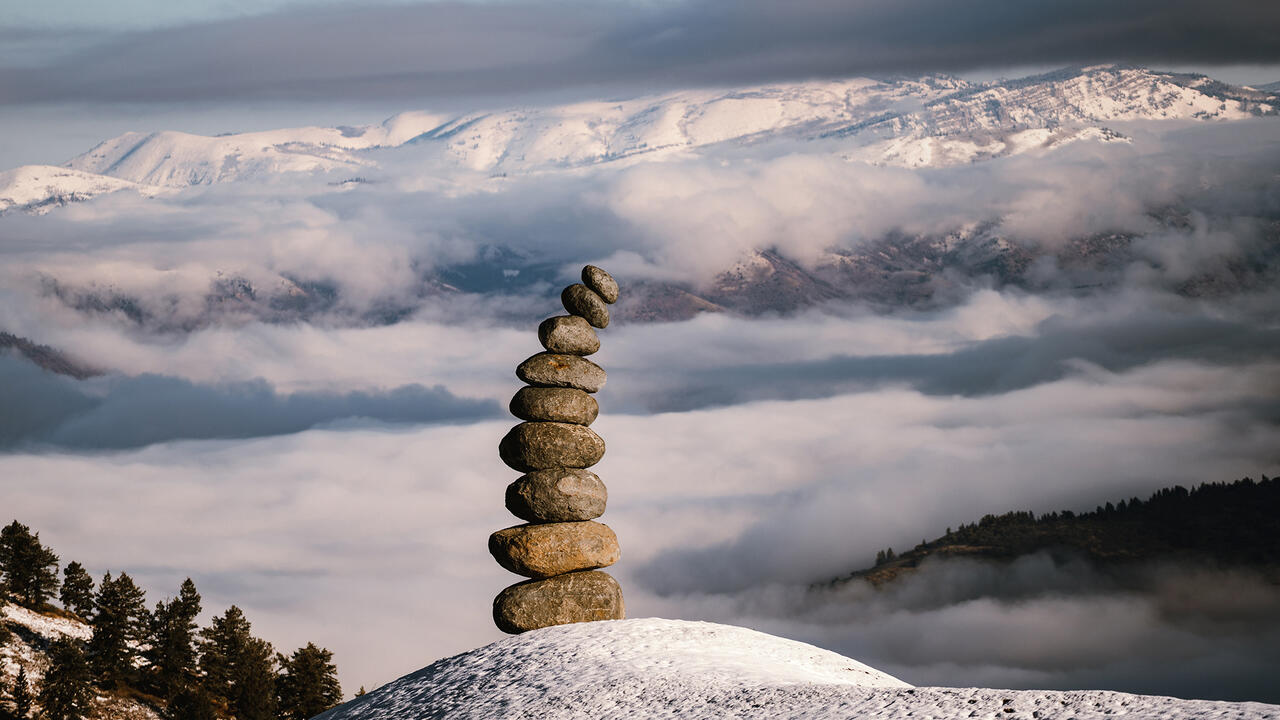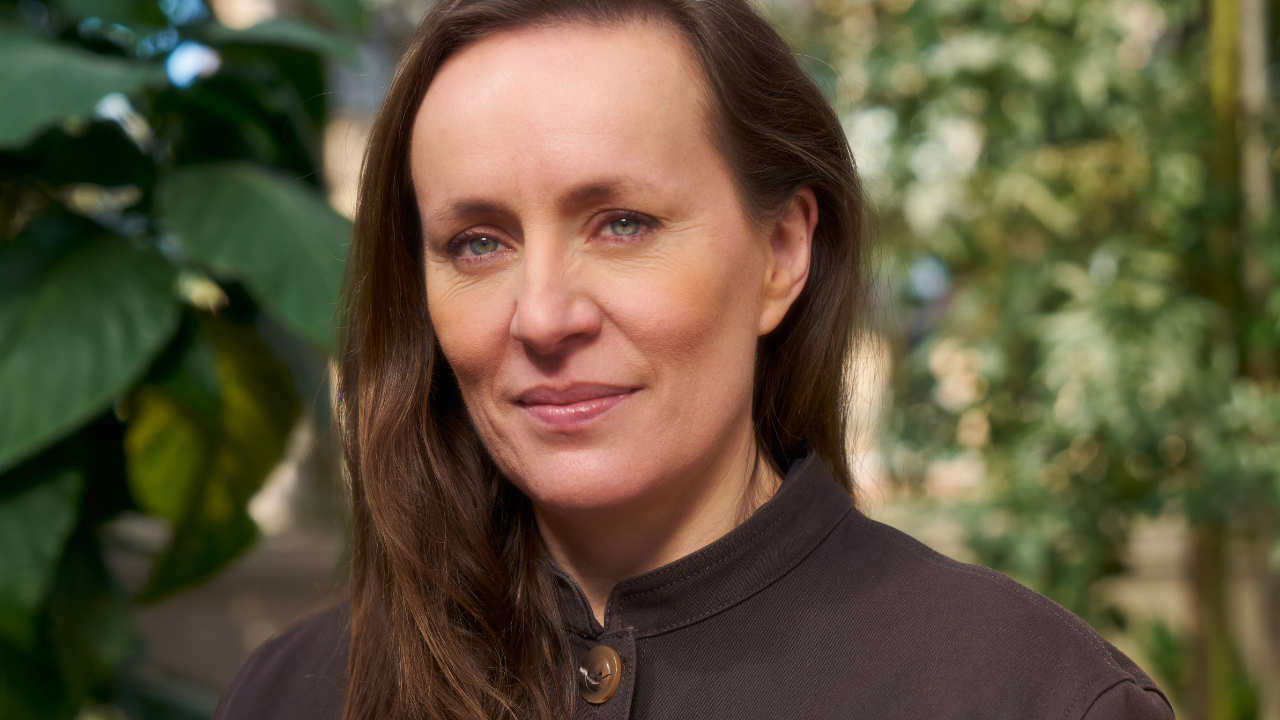A Sense of Time
Legendary composer Phill Niblock talks about his way into music, the forming of Experimental Intermedia and working with video
Legendary composer Phill Niblock talks about his way into music, the forming of Experimental Intermedia and working with video

Phill Niblock, born in Indiana, USA in 1933, still maintains a fearsomely active schedule in his 80s – touring throughout the world, working on new compositions and films, and directing Experimental Intermedia, the long-running foundation for avant-garde music in Manhattan. He moved to New York City in 1958, and has long been a part of the downtown fabric. He is often called a minimalist composer, but his compositional approach is uniquely his own, layering long tones in particular ways to create epic pieces that unfold slowly over time. We met in Boston, after a concert he played at the Waterworks Museum, in a massive machine room filled with vintage steam-powered engines.
Geeta Dayal You didn’t come from a traditional music background. You have a degree in economics, and then you went into photography and filmmaking. What inspired you to make music in the first place?
Phill Niblock I was a jazz fan, and that was part of the reason I moved to New York. I didn't come here for anything in particular. One of the jobs that I found was working with a company that was selling audiovisual equipment. We had an inquiry about teaching machines – because it was the time of programmed instruction on teaching machines. This was 1959, after Sputnik, when the Americans got afraid that they were falling behind in education.
B.F. Skinner, a local neighbour from Harvard, was the chief guy, and this company made a contract with Skinner to develop a programme for handwriting and for reading… As part of that we thought we would probably be meeting a lot of teachers and making presentations, so we bought a camera and I started taking photos of stuff. That was really the beginning of that.
Photography was extremely natural for me to do. I was definitely not a painter or a drawer at all. I was probably very lucky to come before the digital age. Now everybody has a camera, and it’s very hard to do anything.
One of the things I did was to go to jazz sessions, and take photographs. I got an in with the Duke Ellington band, and I photographed sessions of them recording. I started doing photography in 1960, but by ’61 I was doing it pretty well.
GD Who were your favourite people to photograph at the time?
PN Probably Ellington, but I was taking a lot of photographs of people in particular, and then some more abstract things around as well. Then I began to work with someone who was into experimental theatre; so I began to shoot the open theatre as well.

GD Your life story is so closely intertwined with the texture and fabric of New York City, and with the Experimental Intermedia space. What’s the importance of New York to you? Do you find that you would have made different work if you had been in, say, Cleveland, Ohio?
PN Absolutely. It was central. I came in the middle of ’58, and I was just in the army after going to school at Indiana University. I was drafted. The army was very good for me because it taught me to travel. I travelled extensively in the army, including having a month on leave in Europe. So I went to Europe with a free hop over and back. So I was actually in Paris about three months before I got to New York. And to the Brussels Expo.
GD So you saw the Phillips Pavilion in 1958, featuring Edgard Varèse’s ‘Poème électronique’?
PN Yeah. It was good. I knew of the music of Varèse before, because I was listening to quite a bit of classical music as well as jazz. But jazz was really the more primary music. So when I came [to New York] I went to clubs for the first few months and I was just out all night…
GD You’ve also talked a bit in the past about Morton Feldman, and the impact of seeing a performance of his.
PN I went to a lot of classical music concerts. The whole scene of experimental music didn't really exist then. There was a lot of sort of new classical music but it was more classically oriented than the scene we now think of as experimental music. There was one series of concerts by a violinist named Max Pollikoff, who conducted a series at YMHA on 92nd St called ‘Music in Our Time,’ and he had some pretty strange composers in the group. Feldman was one of them, and he played a part of a series pieces that he did just for a year or two in that same period, called ‘Durations’ which was a lot of long tones. They weren’t drones, but they were long tones occurring at the same time. Which was amazing to me, but gave me the idea that I could possibly make music. It took a few years…
I began to do film with Elaine Summers, who was very involved with the Judson Dance Theatre, the Judson Church. The first post-Cunningham dancers were working there. I made films for a lot of people for five years, when I was around there. But I was also doing work for myself, but the first intermedia piece that I did was in ’68 with three 16mm projections and slides and live dance elements.
GD Were you interested at all in Warhol’s experiments in long duration — films such as Empire [1964]?
PN I don’t think of that as particularly an influence. I sort of stayed away from the Factory and getting involved in that. I had a weird course because I was more of a non-joiner than a joiner. So I did stick around Judson Church and those concerts and that scene, but I didn’t partake much in that scene around Warhol or being involved in his scene at all. I think there wasn’t really much of a connection.
Though I worked a lot in the film area with fairly long takes, they weren’t extraordinarily long like that… I think that you get the feeling of cutting in film when the shots are less than ten seconds, and when the shots are more than 10 seconds you start losing the sense that it’s cut. There’s certainly no rhythmic aspect to the cutting.
GD Why is ten seconds the cutoff?
PN It’s just my idea [laughs] that’s sort of the dividing line with cutting the film. I was not interested in montage or in cutting of film. I wasn’t interested in the rhythmic aspects, or any of that. Or just the idea of going in from one or another in the rapid sense, so TV commercials were not at all interesting to me.
GD The filmmakers who made what came to be called structuralist films, were you friends with them?

PN I did go to a lot of experimental stuff, and I knew a lot of people. I would hang out at places like what was then Anthology and Millennium Film Workshop, but I wasn't very close to them. I was never really known as an experimental filmmaker because I was really interested in concrete, clear images. I was interested in photographic looking film. That kept me on the path of either doing landscape things, which happened from the mid-‘60s to ‘72, then I began to do this series of people working [Movement of People Working, 1973–1991], which was very much because I couldn't do very many concerts when I was doing stuff with live dancers and the music and multi-screen film. It just wasn't possible to take this stuff around. So I started to film people working as sort of dance movement, essentially. So it didn't have to do with what they were doing; it had to do with the way they moved in the frame. Very much dance film, not ethnographic or political in any way.
GD I heard that’s going to be at Tate Modern next year?
PN Yes, spring of 2017.
GD Going back to dance and your friendship with Elaine, and what was happening in New York at the time, which was a tremendously rich time for dance ...
PN It was an amazing time, with what was happening worldwide, the ferment of 1968. It was an incredible year for me. I moved into this loft in New York in the middle of ‘68, and did this first concert in the fall, and Experimental Intermedia was formed.
GD You moved to Centre Street in 1968?
PN Yeah, 47 years in the same space in New York. A really huge space …
GD What visual art were you interested in when you came to New York?
PN I was extremely interested in minimalism. When I came to New York, I went to a lot of galleries and saw a lot of work. People like Barnett Newman or even Hans Hoffman were really something distinctive for me; I was really drawn to that. I was drawn into minimalism from the visual art sense rather than the music sense.
GD What about Yves Klein – was his idea of a single ringing note, his monotone symphony at all interesting to you?
PN It was an interesting idea. Less interesting as a work to see but more interesting in terms of the ideas.
GD With Barnett Newman, was there something in particular that spoke to you when you saw his paintings?
PN Just that whole idea of stripping out stuff – minimalism to me is about stripping out things, and looking at a very small segment… to get rid of melody and rhythm and typical harmonic progressions. The pieces don’t really ‘develop’ as that word is used in music, and that’s just getting rid of all of those things that happen over time — that’s important for me.
GD But listening to your pieces, you can hear a form of development in your music — there is an arc where things swell and become powerful for a certain amount of time. They don't stop right away but the sound dissipates; I can hear a denouement. There seems to be some dramatic development there.
PN Yes. You can tell the piece is coming to an end in the last minute. But not development in terms of a lot of change in chord structure or what normally you think of as musical development—that doesn't really occur. The volume changes, the mass of the sound changes, but otherwise not much.
GD Experimental Intermedia is one of the very few examples left in New York of an inexpensive place that’s open to anybody, where you can go and hear interesting music. It costs $4.99, at a time when let’s say MoMA costs 25 dollars. Do you have any ideas of where New York is heading?
PN Well, there are places that are more official like BAM, where the prices are high, but even the more experimental places like Issue Project Room and Roulette, the prices are still fairly high. In fact I did a concert which I can’t do in my loft anymore, which I would normally get 200 or 300 people in an evening — a six-hour concert from 6pm to midnight, that was great to do. Now I do it at Roulette, they came down at their price for me, it was $10…
I’ve always wanted [Experimental Intermedia] to be very free and open. When we began the series in ’73 we charged a dollar. Now we’re up to $4.99.
GD I wanted to ask you about your tremendous productivity now. You’re in your 80s but you show no signs of wanting to retire.
PN It was an amazing couple of years. I produced a lot of video in the last two years. But in the one year from October 2013 to October 2014 I made 14 new pieces… So a lot of work.
GD When you’re making a new piece of music, and you’re working digitally in Pro Tools, you may record a performer playing a single tone, and then what’s your process? Do you pitch-shift and then layer these various samples?
PN I layer these samples, in Pro Tools. 32 tracks is very attractive. Then I do pitch shifts as I need them, so I can just make a pitch shift very quickly with any tone, and then have a tone that’s lets say five cents sharp or flat. I’m doing that constantly as I make the piece. In the old days when I was working with analogue tape I would tend to record these instruments pitched specifically to the pitch that i wanted. There was a piece for trombone from 1977 where the pitches were 55, 57, 61 Hz, so I would record, tuning the musician specifically to those pitches.
GD When you’re composing, when you’re thinking about how you’re assembling this piece of music, are you thinking in terms of colours and textures? How are you conceptualizing a piece of music?
PN It’s weirdly varied I would say, because I’m interested in working with this cloud of sound. So that’s a primary thing. I build up to it in a piece fairly slowly, but then it becomes that sort of determined cloud for a very long time. That can have to do with…a chord structure that I’m working with. It can be just the sound of the instrument and what resonates. I’m seldom listening very carefully when I’m making the piece. In the old analogue pieces I would make a score; I would record the material, I would know what the times are, and I would make a score and then just dub that to multitrack tape. Now in Pro Tools I’m listening to it fairly often but it probably doesn't have too much of an effect on what I’m doing over the course of the piece.
Sometimes it has to do with how it melts in time, how it changes in time, using a different structure at some point in the piece so it shifts, and you can hear the shifts quite frequently. So there’s no set particular way of working. Which makes each piece sound quite different. They sound different because of the timbre of the instruments; one reason to work with one instrument is that you have that timbre. When you change instruments it sounds quite different because of the timbre.
GD One of the things I like about your music is that it has me listening to the timbres of instruments I thought I knew well in a completely different way. There are pieces you’ve done with instruments that you don’t get to hear often. That piece you did with the hurdy-gurdy, for example — it becomes like molasses, this deep, rich wood sound. You’re teasing out these essences of instruments that people never hear.
PN Yes. There’s a piece I played the other night for viola d’amore…It really sounds great, I like the piece very much.
GD Do you see clear parallels between your work in film and photography and your work in music? Do you see very clear connections or do you view them as separate artistic practices?
PN Yes and no. I’m very interested in this idea of extended time, and an ideal concert is one where people don’t know how long it was. They don’t have a sense of time passing. And it tells you very much about the perception of the audience in that case to decide things or not decide things, but to have their own perception about what’s happening. So that’s interesting. The extension of time, and particularly with the films I’d much prefer to show two or three at a time, so you’re not looking at one film. It’s not a track of a film. It’s when you see three films and the different activity going on, it’s even more of a loss of a sense of time. The music is very much about that, about losing time, having no meter to it. There’s no conceptual link between what’s in the film and what is in the music.
GD I was just thinking of the Arthur Russell video you shot in your loft in 1985, Terrace of Unintelligibility: it was very personal and very moving, but it also seemed very different from many of your other films.
PN It’s very different from that long series of the movement of people working. There were always strange videos, like The Magic Sun (1966) – the Sun Ra film – and the Arthur Russell stuff. Now I’m doing a whole series of new video pieces which have no people, no movement. Very slow processes going on. Very much an extension of time. There are two recent ones where I took about a minute and a half of video and stretched it ten times, and the final video is 15-20 minutes. Very different things happen in the film when it’s stretched like that.
GD In terms of composers, do you like Giacinto Scelsi?
PN Yes.
GD And you like La Monte Young’s long pieces, but he’s quite different, he’s very into tuning systems …
PN He’s into tuning systems, which I was never into; that was something I never assumed, the idea of working in a specific tuning system. The La Monte that I heard was really the La Monte/Tony Conrad/John Cale group in the mid-‘60s…what he did later, the piano tuning stuff, wasn’t all that interesting to me – very nice to listen to, but not at all an influence.
GD Within the so-called Minimalist vein of composers, many of them have talked extensively about Indian music, or Pandit Pran Nath in particular. In your work I’ve never seen much reference to Eastern music, or religions or philosophies.
PN I think I was just generally unaware. I heard a little bit of Indian music but it was never something that was inherently interesting for me to emulate at all.
GD Do you attach any spiritual significance or mystical attachments to your work?
PN I think really not. When I was about 20, I ran into Zen Buddhism and I was quite interested in that idea and it became sort of ingrained in the way I dealt with life, but I don't think it had a direct influence on the music and the film.
GD Are you still into jazz?
PN Yes! I’m still listening to a lot of jazz. There’s an incredible amount of stuff being reissued – not just the official reissue things such as Mosaic Records but also stuff beyond the copyright period. So material is being reissued massively. You can get 10 LPs or 4 CDs for like $15. The stuff sounds good because it comes from CDs, it’s digital already. Very cleaned up.
GD Do you have any feelings on younger people embracing retro gear, like ‘70s analogue tech, modular synths?
PN That’s sort of inevitable that things come back up again, but no, it’s not something that directly impinges on the way I work. I just made a piece for a Serge synthesizer for Thomas Ankersmit with whom I tour all the time. He does his own synth work, that piece occurred in my set, that I made with his sound.
I wasn’t particularly interested in the sound of the synthesizer. I thought about making electronic music in the ‘80s and ‘90s, and I could never stand the sound of electronic instruments. It was the days of FM synthesis, which I didn't really like at all. It never really got that much better as far as I can see. I really liked the sound of traditional instruments, which I continue to work with. When I went back to seriously making new music in the early ‘90s, I went back to making it with those instruments.
GD Is there anything you miss about the way you made pieces on analogue tape?
PN No. It’s faster, the digital sound. At even 24 bits, it’s really great. Really amazing. It’s a different time from 1968.










